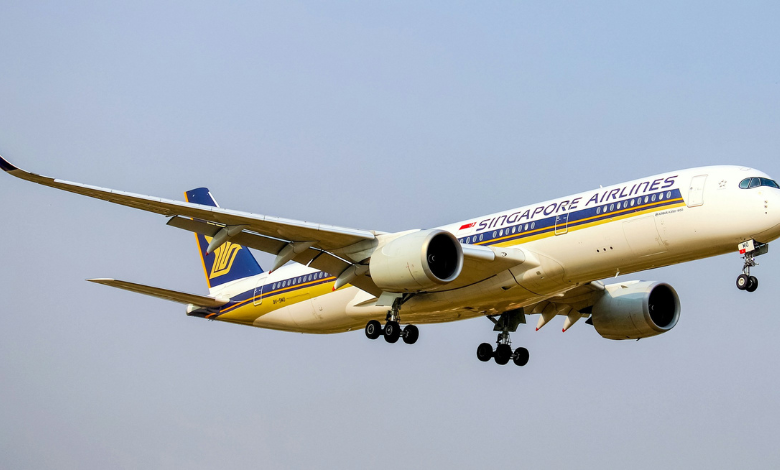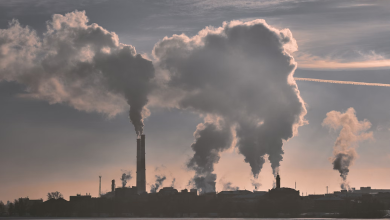Singapore Airlines accident: Is climate change exacerbating turbulence?

Singapore Airlines has been in the limelight lately, and not for a good reason. It has changed its seat belt rules and altered at least one flight route after severe turbulence killed a 73-year-old British passenger Geoff Kitchen and left dozens of others hospitalised.
The Brit died of a suspected heart attack and several other passengers sustained injuries on Tuesday as their flight SQ321 from London to Singapore encountered extreme turbulence on the route, forcing an emergency landing in Thailand.
Turbulence of that intensity is rare but recent studies have indicated that climate change could be increasing the risk. But in order to decide if climate change should be blamed, it is important to first understand the type of turbulence the flight experienced.
Is it clear air turbulence or from thunderstorms?
Turbulence is simply an irregular movement of air that creates currents. When these current interact with a flight, they can cause it to roll, pitch or suddenly drop in altitude. Several factors can be held responsible for turbulence, including bad atmospheric conditions and clouds.
It is still not clear exactly which of these conditions the Singapore Airlines flight from London to Singapore experienced, but based on the forecast it is likely to have been either from a phenomenon called clear air turbulence or from thunderstorms.
Clear air turbulence happens during a change of wind direction in or around the jet stream – a river of air typically found at 30,000 to 60,000 ft. Scientific studies have already noted that this clear air phenomenon has significantly increased over the past decades.
Last year, researchers from Reading University said that warmer air from increasing carbon emissions was changing the wind speed in the jet stream. Though forecasts provide warnings of where it may be found, during flight it cannot be noted on their radar or seen.
Climate change intensifying storms. So?
It has become more important than ever to invest in improved turbulence forecasting and detection systems. Next, coming to the other possible reason, thunderstorms. Storms that create thunder, lightning and hail are only produced by cumulonimbus clouds.
It is not rare to find these clouds high in the atmosphere, way above where plains usually fly so they cannot always be avoided. Forecasts indicate there were thunderstorms nearby in Myanmar at the time the flight was flying.
There is strong evidence that such tropical storms are becoming more intensified as a result of climate change. Over the next handful of months, investigators are expected to examine the date of from the plane’s systems to better understand what exactly happened that Tuesday.



